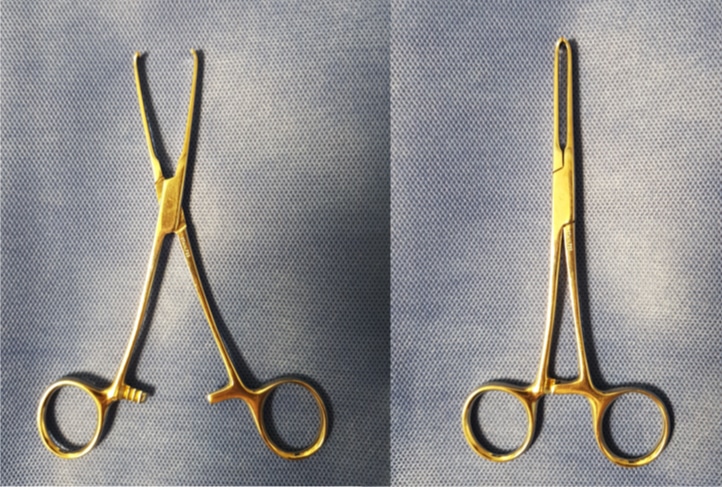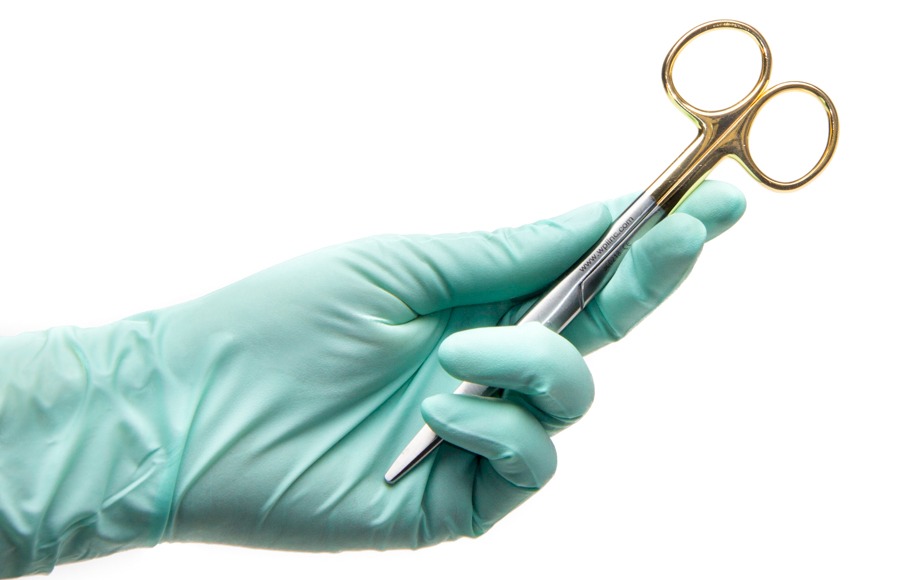The office procedure is a type of surgery that is performed in an outpatient setting. This means that the patient does not have to stay overnight in the hospital. The office procedure is usually done under local anesthesia, which numbs the area around the incision.
The surgeon makes an incision and then inserts instruments into the body to grasp human tissue.
If you’re having an office procedure that involves human tissue, the instrument that will be used to grasp it is called a forceps. Forceps are designed to grip and hold onto tissue so that it can be removed or manipulated as needed. They come in a variety of sizes and shapes, depending on the type of procedure being performed.
The most common type of forceps is the straight forceps, which has two blunt ends that meet in the middle. This type of forceps is often used for procedures such as biopsies or removing small pieces of tissue. Curved forceps are another common type, which have curved tips that allow for a better grip on larger pieces of tissue.
These are often used for procedures such as removing polyps or tumors.
No matter which type of forceps is being used, they all serve the same purpose: to provide a firm grip on human tissue so that it can be removed or manipulated during an office procedure.

Credit: teachmesurgery.com
Which Surgical Instrument is Used to Remove Tissue?
The surgical instrument most commonly used to remove tissue is a scalpel. A scalpel is a small, sharp knife that is used to make incisions in the skin or other tissues. Scalpels are available in a variety of sizes and shapes, and can be disposable or reusable.
What is Tissue Grasping Forceps?
Tissue grasping forceps are a type of surgical instrument used to grip and hold tissue during surgery. The jaws of the forceps are usually serrated or ridged in order to get a better grip on the tissue. Tissue grasping forceps come in a variety of sizes and shapes, depending on the type of surgery they will be used for.
What are Grasping And Holding Surgical Instruments?
Grasping and holding surgical instruments are critical skills for any surgeon. There are a variety of different types of grasping and holding surgical instruments, each with its own unique purpose.
The most common type of grasping and holding surgical instrument is the forceps.
Forceps come in a variety of sizes and shapes, but all function to grip tissue or bone firmly while the surgeon performs an operation.
Another type of grasping and holding surgical instrument is the hemostat. Hemostats are used to control bleeding by clamping down on blood vessels.
This allows the surgeon to have a clear field of view during surgery and prevents excessive blood loss.
Yet another type of grasping and holding surgical instrument is the needle holder. As the name suggests, needle holders are used to grip needles securely while they are being inserted into tissue.
This helps ensure that the needle goes exactly where it needs to go without causing damage to surrounding tissues.
Finally, there are also a variety of other specialized gripping devices that surgeons use for specific procedures. These include things like suction cups, pinschers, spreaders, and more.
Each one has a specific purpose that helps make surgeries safer and more precise.
What is a Tissue Forcep Used For?
A tissue forcep is a surgical instrument used to hold tissue during surgery. It is also known as a hemostat, which is a term used for any device that controls bleeding. The jaws of the forceps are serrated and can be opened and closed with a lever.
Tissue forceps are available in different sizes and shapes, depending on their intended use.
Tissue forceps are most commonly used to clamp and hold blood vessels during surgery. They can also be used to hold other tissues, such as the lining of the intestine or fallopian tube, in place while surgery is being performed.
In some cases, tissue forceps may be used to remove small pieces of tissue from the body during a biopsy or other procedure.
A guide to surgical instruments – what's on a basic surgical tray and what are they for?
Types of Forceps And Their Uses
There are many different types of forceps available on the market today. Which type you choose will depend on your particular needs. The most common types of forceps are:
1. Alligator Forceps: These have serrated jaws and are used for gripping and holding objects.
2. Bandage Forceps: These have blunt ends and are used for applying or removing bandages.
3. Bayonet Forceps: These have sharp points at the tips of their jaws and are used for piercing or puncturing objects.
4. Dissecting Forceps: These have very sharp tips and are used for cutting delicate tissue or thread.
5. Needle Holder Forceps: As the name suggests, these are used for holding needles during medical procedures such as stitching a wound shut.
Conclusion
The office procedure known as a biopsy involves the use of an instrument to grasp human tissue. This tissue is then removed for further testing. The type of instrument used for this purpose depends on the location and type of tissue being sampled.
